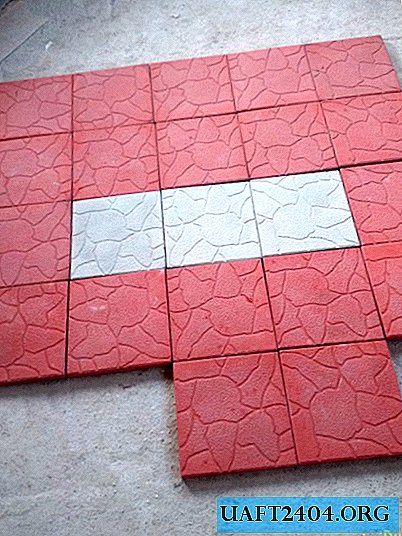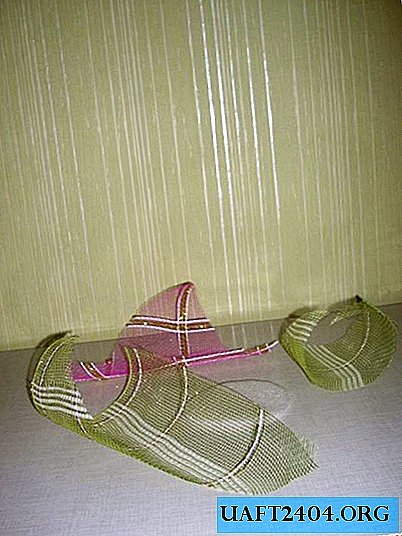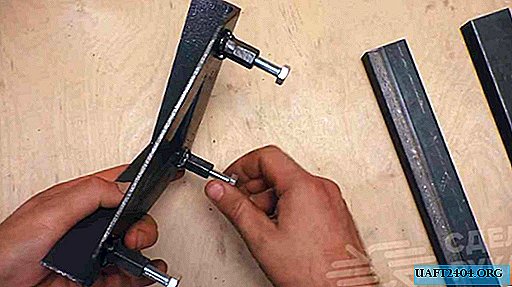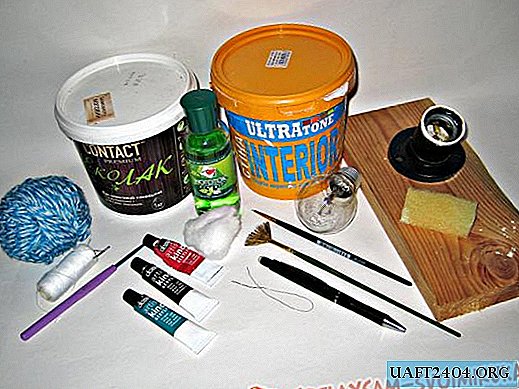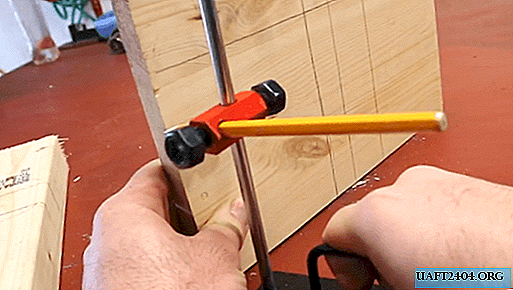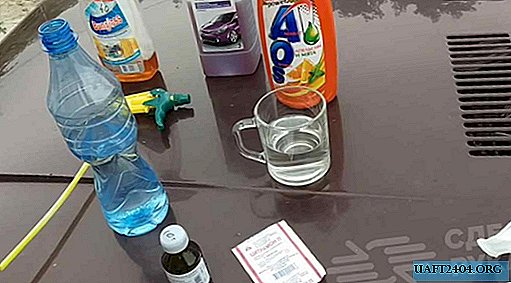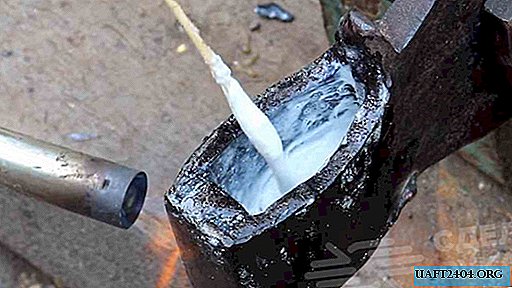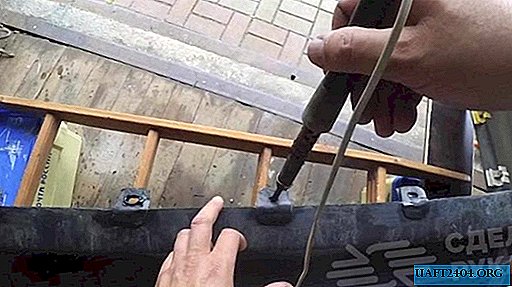Share
Pin
Tweet
Send
Share
Send
For example, the body is taken from the engine pneumatic starter. To it you need to make a pipe with a thread, which will then be scalded. The billet is a pipe whose outer diameter is 76 mm. Its initial part must be reduced to 70 mm, and cut the thread.
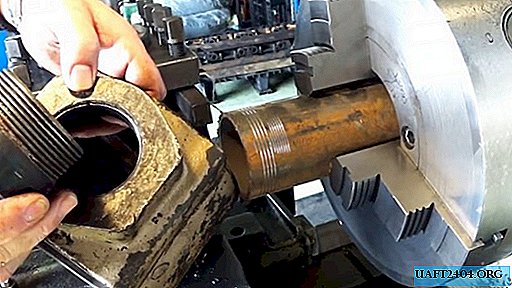
Reduce pipe diameter shrinkage
For starters, the foreman sets the end of the pipe to the desired diameter of 70 mm with the end of the steel tool. It is necessary to control the size of the workpiece with a caliper. Coarse shrink processing is performed at a speed of 630 rpm.


The whole operation is performed in several passes.


The pipe shrinks and is further extended.

Further, the movable carriage with the clamping platform is adjusted to the thread. The cutter changes and the machine setting. Before cutting, the chamfer is removed.

Thread cutting will be carried out at a speed of 400 rpm. Denomination of a thread: M70 step 3. The cutter for it is selected core.

In four passes, a full estimated thread depth is cut. As a result, 6 threads were obtained, just enough to secure the pipe in the head of the pneumostarter housing.
Having finished threading, the master cuts the workpiece with a straight bent cutter.

This point is noteworthy, because usually a special type of cutters is used for cutting - cutting. Its advantages are that it allows you to do this with maximum accuracy. But in this case it is not important, but the chamfer made by the through cutter is useful for a more durable weld. After it can be cleaned so that the junction will not be even noticeable.

When trimming, the metal heats up, so during this operation the workpiece is most conveniently supported with something, for example, with a piece of electrode or a rod, and then cooled. As we have all seen, the DIP-3001M63 screw-cutting lathe perfectly copes with such tasks, especially when real turning masters are behind it.
Share
Pin
Tweet
Send
Share
Send

